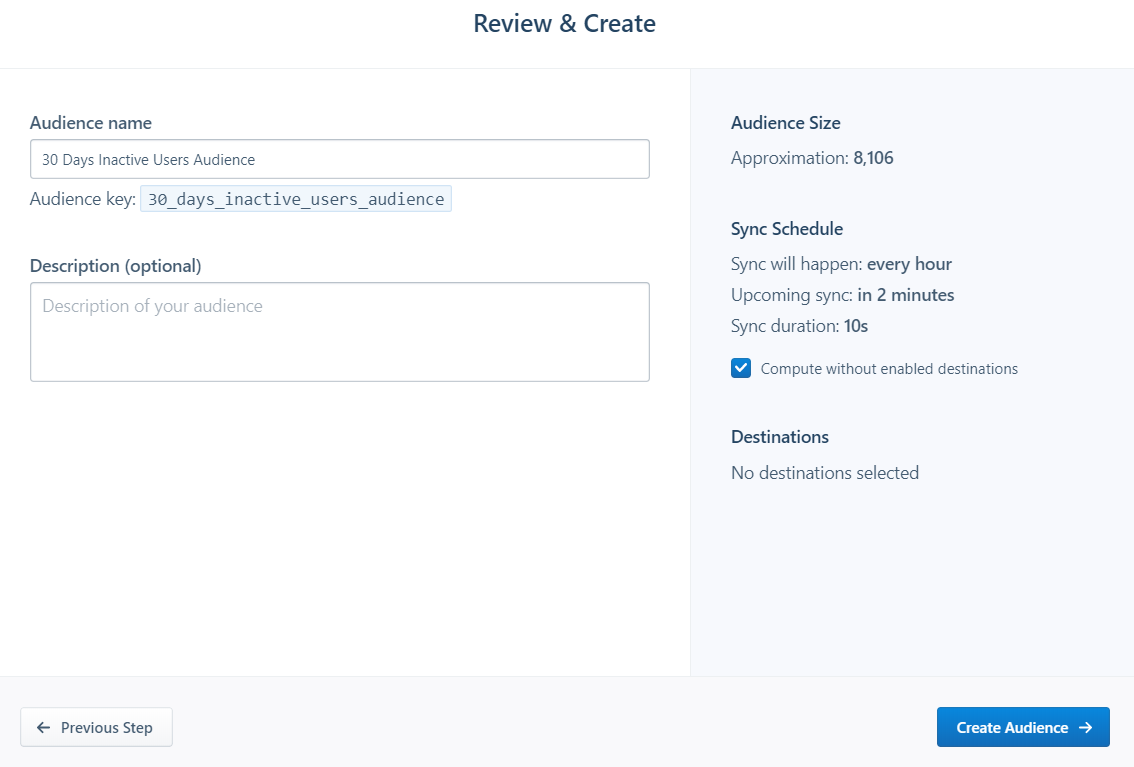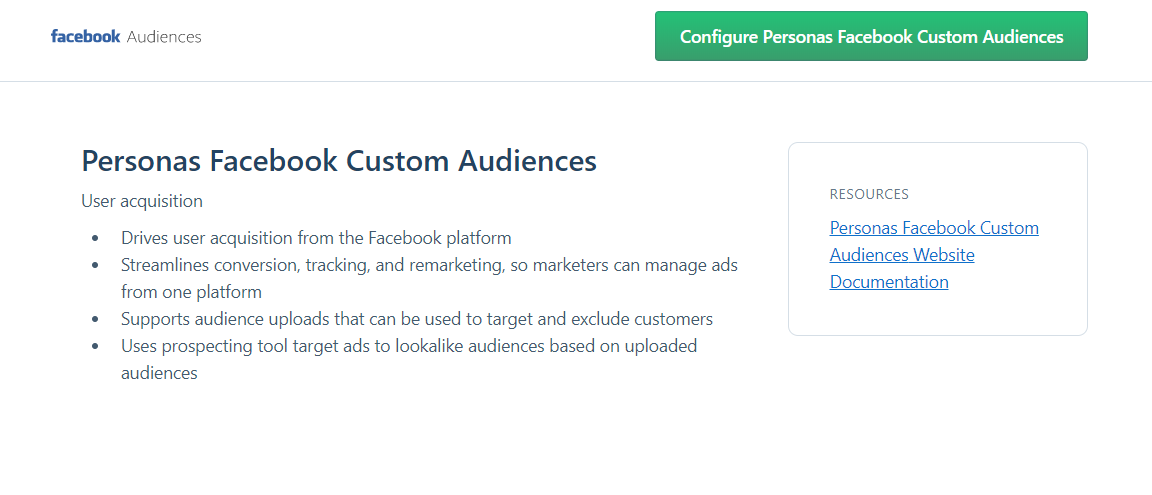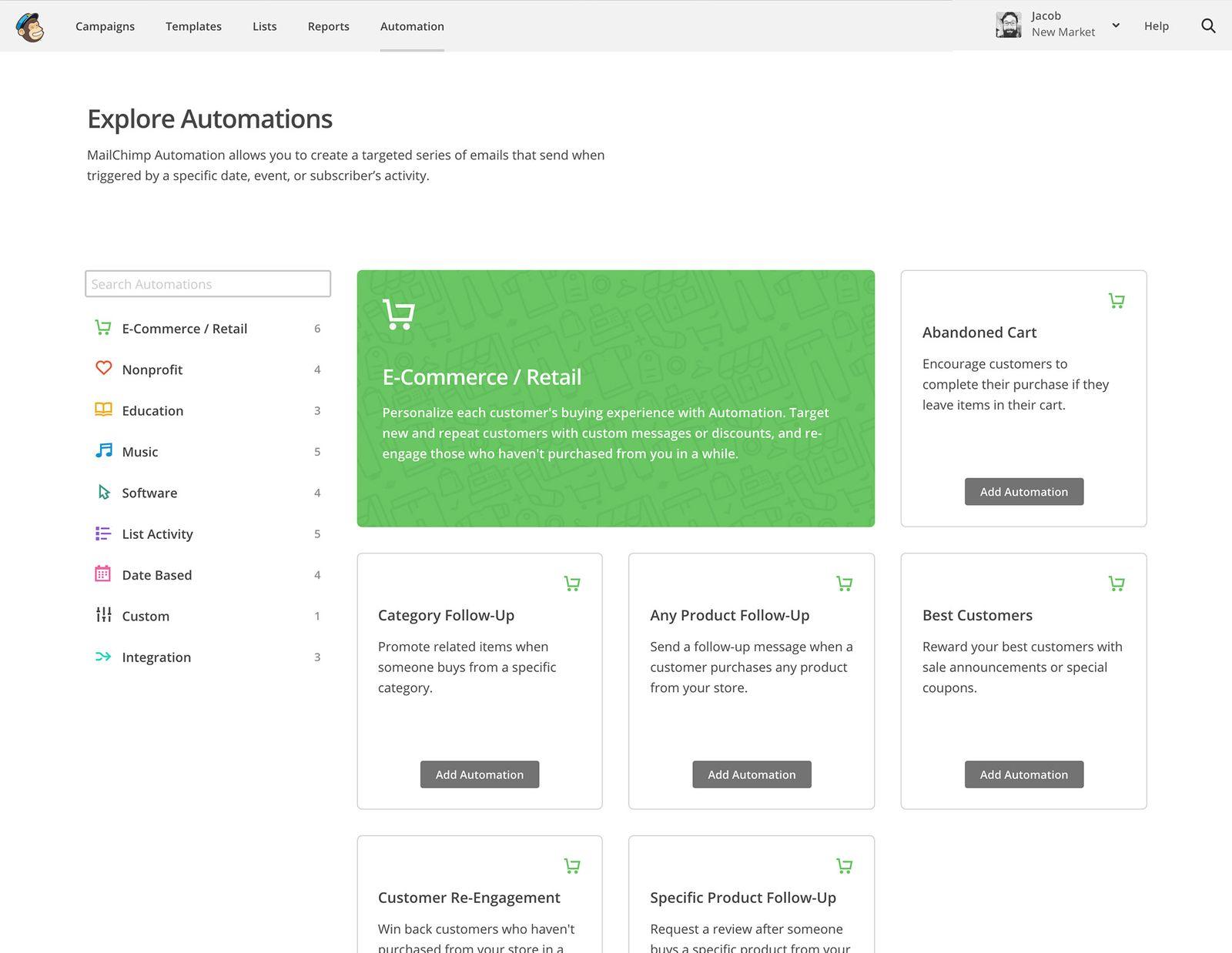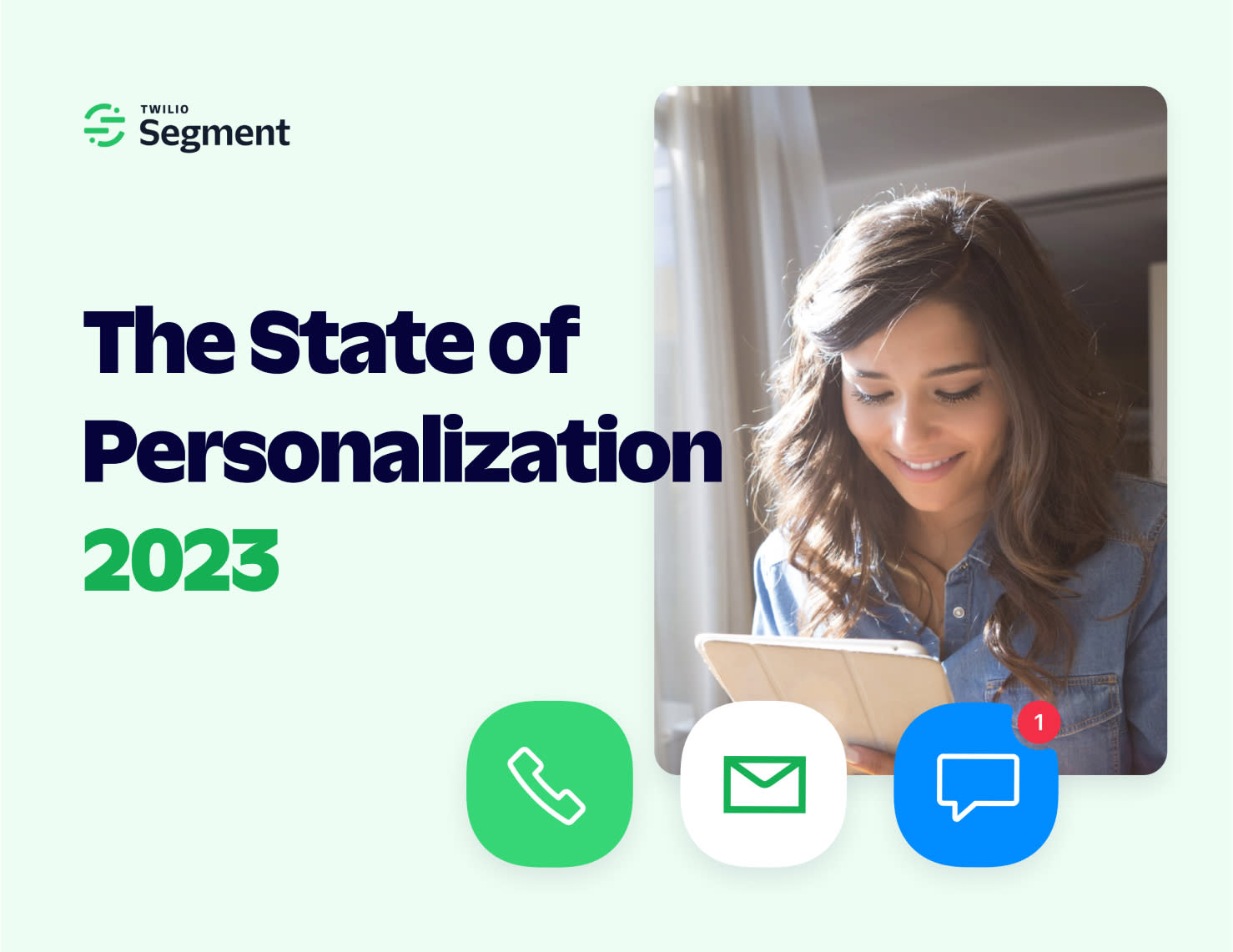Win back churned users by coordinating your ad and email campaigns
With this recipe, you’ll learn how to revive users who’ve become inactive. Reviving churned users is often the highest-leverage growth strategy your team can implement.
Jul 24, 2020
By Demand Curve
Twilio Segment Personas is now part of Segment’s Twilio Engage product offering.
Re-activating churned users is one of the impactful growth strategies your team can implement. Not only is it one of the simplest and quickest ways to boost your MRR, it’s also 8x cheaper to retain an existing customer than acquiring a new one.
There are dozens of ways to revive inactive users, but our favorite uses a special technique: pre-targeting.
Pre-targeting involves running ads to inactive users before you reach out to them via email. This way, once they receive your sales team’s email, they’re already re-acquainted with your product. Your re-engagement efforts will feel like an interesting opportunity rather than an interruption in the user’s inbox.
By first showing inactive users ads all across the web, we also give them the impression that we’re “big”. It gives the impression that we can afford to advertise everywhere. The ads are also an opportunity to pre-sell them on the value propositions we’ll cover in our email outreach to them.
In short, pre-targeting is the little-known strategy to make your emails feel more like an interesting opportunity rather than an interruption in a user’s inbox.
To accomplish this, we’ll use Segment to accomplish three things:
Create a list of inactive users.
Run ads to those users on social platforms such as LinkedIn or Facebook.
To automate our email outreach.
Step 1: Identify inactive users in Segment
This recipe assumes you have Segment installed, and that you’re tracking purchase events. If not, see our documentation here.
Let’s say you want to identify all of your users who haven’t engaged with your platform in 30 days. You need to start by pulling that audience together.
Log into Segment
Navigate to
Personasand then clickAudiences.Click
New AudienceThen set up your configuration, as shown below. Here’s what we’re doing: Finding all users that have not triggered the Login event anytime in the last 30 days.

Audience builder in Segment Personas Click
Preview, and follow the steps toReview & Create. (We’ll cover actually piping the audience into social ad platforms later.)Name your audience
30 Day Inactive Users Audienceand clickCreate Audience. Toggle theCompute without enabled destinationscheckbox on.Click
Create Audience

With that, you’re done making your audience! And, this isn’t a process you’ll have to repeat. Segment will keep this audience synchronized with your user data in real-time as users fall in and out of the 30 day active/inactive window.
Depending on your business, you could have used many alternative ways to identify inactive users:
Users who haven’t made a payment in X days.
Users who haven’t completed key, expected activities within your platform that would indicate that they’re truly engaged.
Users who regularly logged in previously but haven’t for the past couple of months.
Now that you have your audience in Segment, you’ll need that audience to synchronize into Facebook or any other ad network, so you can run ads to them.
Step 2: Set up your destinations
For the purpose of this recipe, you’ll need to set up two destinations: Facebook Custom Audiences and your email marketing tool of choice, like Mailchimp or Customer.io.
Let’s start with Facebook:

Log into Segment, and navigate to
Personasand the clickDestinationsClick
Add Destination. Search forPersonas Facebook Custom Audiencesand click on it, and clickConfigure.Select
Personasas the source, then clickConfirm Source.Click
Connect to Personas Facebook Custom Audiences.Complete the configuration settings based on the tools’ requirements.
Finally, connect the Persona audience you built in the previous section.
Next, you’ll want to set up your email marketing tool of choice:
Log into Segment, and navigate to
Personasthen clickDestinationsagain.Click
Add Destination. Search for your tool, click on it, and clickConfigure.Complete the configuration settings based on the tools’ requirements.
Finally, connect the Persona audience you built in the previous section.

Once your destinations are set up, data will start flowing automatically and you’ll be able to see your audiences in the ad and email tools you enabled.
Step 3: Run pre-targeting ads
Now you can run ads to your inactive users, which are grouped together as a custom audience on Facebook.
What types of ads should you run? Here are some techniques:
New features
Inactive users might not be aware of the big product improvements you’ve made since they last churned. Show them ads that visualize new features that might entice them to give your product another shot.
Customer testimonials
Sometimes, users simply need to learn how other businesses are using your product in novel ways that they haven’t considered themselves. They might not be as imaginative and proactive as your most successful customers are. Customer testimonials that visualize the before and after progress of using your product are the way to go. Skip the boring talking heads discussing “corporate synergy.” No one enjoys watching those.
Content marketing
Run your best content pieces to showcase how customers receive the most value out of your product. You’ve done the heavy lifting of getting them to try your product at least once, so you can skip the redundancy of pitching them again. Now you need to exclusively point out what’s possible once they effectively use it.
Step 4: Email to revive
How long should you run your pre-targeting ads before emailing inactive users?
If your product has a long sales cycle, then 4-6 weeks is a good rule of thumb to follow.
If your product is impulsively purchased, try testing 2-3 weeks.
As with any growth process, develop hypotheses of your optimal window and then test and validate it.
To automate your email outreach, it’s time to select your outbound email marketing platform of choice. If you don’t have one already, one of our favorites is PersistIQ.
Add PersistIQ as a Connection to your Segment account. See here.
Walk through the basics of setting up PersistIQ outbound email automation campaigns. See here.

Composing your email
Here are some effective strategies for writing your outreach email:
Take a hyper-personal approach
You should have plenty of information on churned users. (Segment helps you log all the in-app and on-site events they take.) Use that information to tailor your outreach to their specific needs and behaviors. Take at least one minute for every email that goes out to customize it to their history with your product.
For example, your outreach can reference the specific product categories they’ve engaged with most historically. This helps prove to them that this incoming email really is for them.
Like with your ads, remind inactive users of product improvements
Your product likely evolved since a churned user last tried it. Embed GIFs or images into your email to visually show off your most enticing new features.
Offer a high, time-sensitive discount
Many companies shy away from offering big pricing discounts out of fear that it will be taken advantage of by only the least desirable personas. But, remember: we’re only reaching out to users in the first place who have already been active before. And we have data on how they behaved.
So, if they’ve already demonstrated that they could be a legitimate customer, then an upfront discount might be the nudge they need to come back. You can also use this opportunity to ask them why they churned in the first place.
Wrapping up
Here’s what we did in this recipe:
Created an audience of dormant users in Segment Personas that you can pre-target with ads and send emails to.
Connected your advertising and email destinations in Segment.
Set up the ad campaigns to target the specific segment of users that you created.
Built the email campaign that would run to those same exact users that are getting your ads.
Try this recipe for yourself...
Get help implementing this use case by talking with a Segment Team member or by signing up for a free Segment workspace here.
The State of Personalization 2023
Our annual look at how attitudes, preferences, and experiences with personalization have evolved over the past year.
Get the report
The State of Personalization 2023
Our annual look at how attitudes, preferences, and experiences with personalization have evolved over the past year.
Get the report
Share article
Recommended articles
Analyze and optimize your funnel for conversion
Learn how to use Segment analyze and optimize your funnel and boost your conversion rate by 2-3x.
How to 10x your website conversions with personalized landing pages
Learn how to boost your conversion rates by personalizing landing pages based on your visitor’s traits, behaviors, purchase histories, and more.
How to use Facebook Lead Ads to personalize your email campaigns
In this recipe, we’ll show you how to use Facebook Lead Ads to determine what a user is interested in—directly from the user themself. Then, we’ll show you how to use that data to drive revenue through personalized email campaigns.
